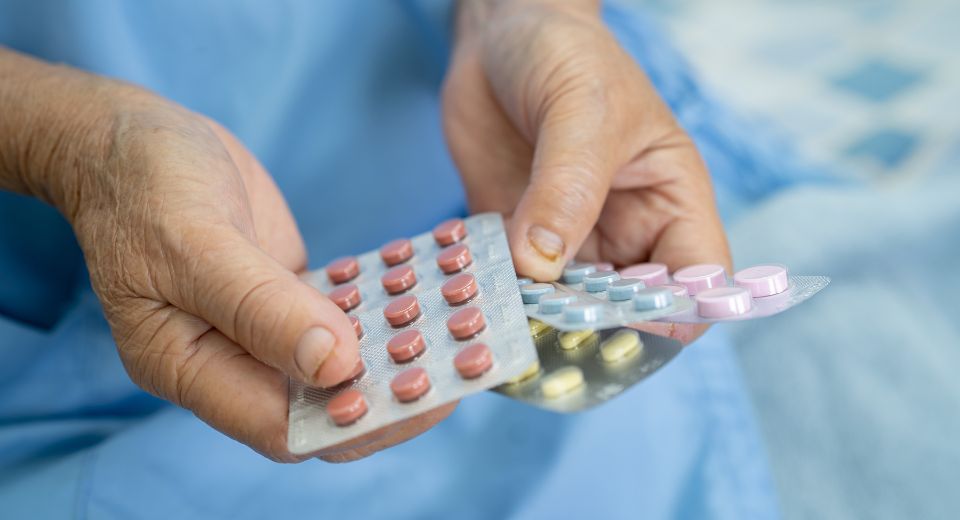Antibiotic resistance awareness is recognized in November. The purpose is to raise awareness of the importance of appropriate antibiotic and antifungal use and the threat of antimicrobial resistance. According to the CDC, antimicrobial resistance is one of the greatest public health challenges in our time – few treatment options exist for people infected with antimicrobial-resistant bacteria.
What is antibiotic resistance?
Antibiotic resistance refers to the ability of bacteria or other microorganisms to withstand the effects of antibiotics, rendering these drugs ineffective in treating infections. This occurs when bacteria evolve and develop mechanisms to resist the killing or inhibiting actions of antibiotics.
Why does it happen?
Antibiotic resistance happens due to the natural selection of bacteria. When antibiotics are used, they kill susceptible bacteria, but some may survive due to their inherent resistance. These resistant bacteria then multiply, passing on their resistance genes to subsequent generations. Additionally, overuse and misuse of antibiotics in humans, animals, and agriculture accelerate the development of resistance.
Who’s at risk?
Anyone can be at risk of encountering antibiotic-resistant infections. However, certain groups are more vulnerable, including individuals with weakened immune systems, the elderly, children, and those with frequent antibiotic exposure, such as healthcare workers.
Four ways antibiotic resistance develops:
- Mutation: Bacteria can undergo genetic mutations that provide resistance to antibiotics.
- Horizontal Gene Transfer: Bacteria can transfer resistance genes to one another, even between different species.
- Overuse and Misuse: The inappropriate use of antibiotics in healthcare and agriculture can select for resistant bacteria.
- Incomplete Antibiotic Courses: When individuals do not finish their prescribed antibiotic regimen, it can leave surviving bacteria with a higher likelihood of developing resistance.
Antibiotic Resistance Signs and Symptoms
The signs and symptoms of antibiotic-resistant infections are the same as those caused by non-resistant bacteria. These symptoms can vary depending on the type of infection and the affected body part. Common signs include fever, pain, swelling, redness, and discharge at the site of infection.
Antibiotic Resistance Prevention
Taking antibiotics only when when they are needed is an important way you can protect yourself and your family from antimicrobial resistance. When antibiotics aren’t needed, they will not help you, and their side effects could still cause harm. Preventing antibiotic resistance is critical:
- Use antibiotics responsibly: Only take antibiotics when prescribed by a healthcare professional, and always complete the full course.
- Practice good hygiene: Frequent handwashing and maintaining proper sanitation can prevent infections that might require antibiotics.
- Vaccination: Immunization helps prevent some infections, reducing the need for antibiotics.
- Infection control: Healthcare facilities must follow strict protocols to prevent the spread of resistant bacteria.
Treatment
Treating antibiotic resistance involves developing new antibiotics, improving diagnostic tools to identify resistant infections, and implementing strict infection control measures. Additionally, healthcare professionals may need to explore alternative treatments and combination therapies to combat resistant infections effectively.
In summary, antibiotic resistance is a global health threat that arises due to various factors and can affect anyone. Preventing its spread involves responsible antibiotic use, hygiene, vaccination, and infection control, while treatment efforts focus on developing new drugs and strategies to combat resistant infections effectively.
Author: Ryan Birtcher, PA-C



